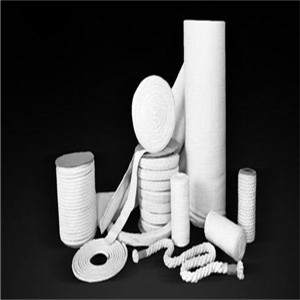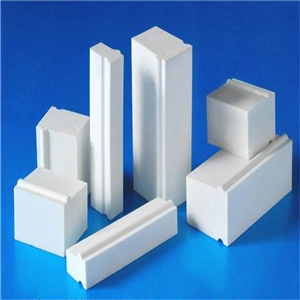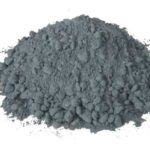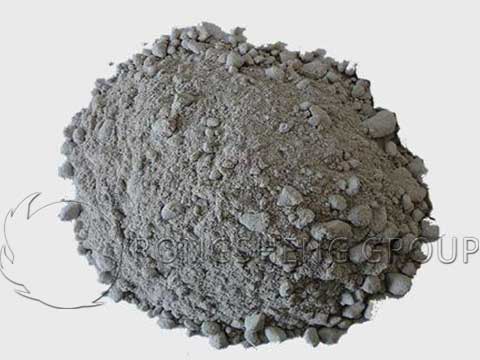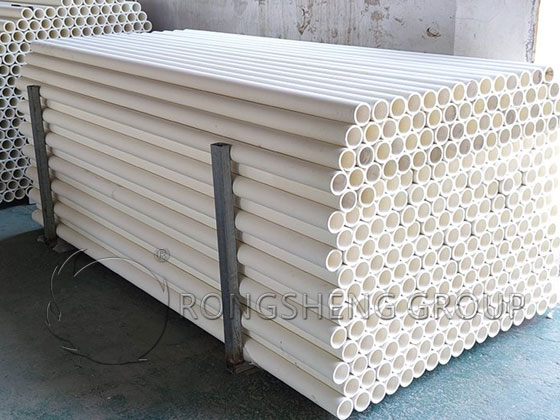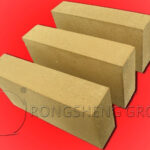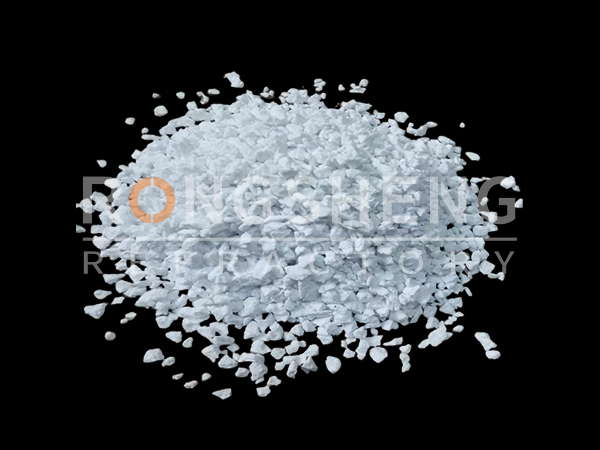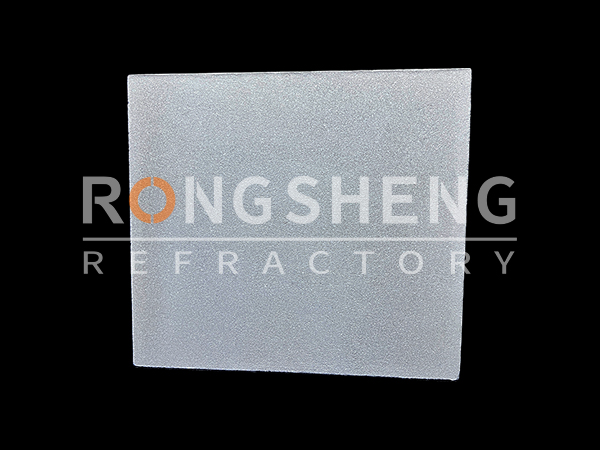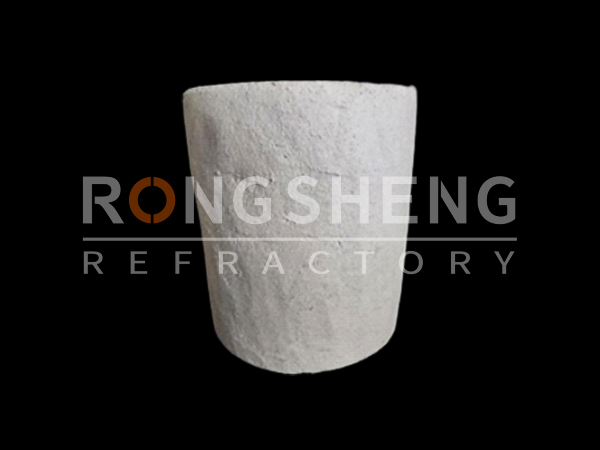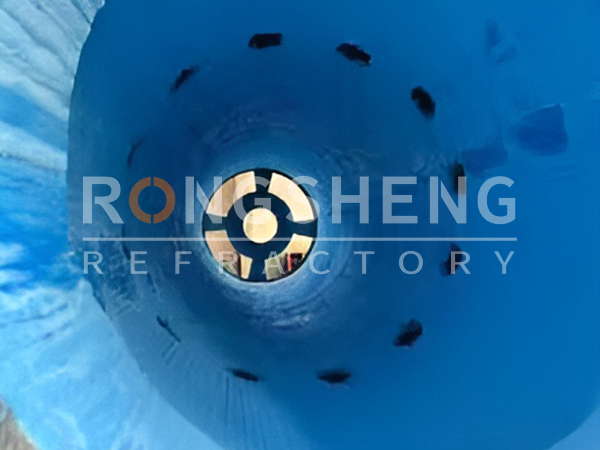Refractory material is widely used in high temperature equipments and constructions such as kilns, furnaces, power plants, incinerators and so on. Refractory material’s main function is to withstand high temperature working environment and conserve heat needed for the normal operation, meanwhile, refractory should not contaminate or react with the processed material.
Classification of Refractory Materials
By the bulk density of refractory material, they can be divided into dense refractory material and insulating refractory. Dense refractory material has large bulk density and high mechanical strength but low porosity. Insulating refractory are those which have a higher porosity, making them less dense and have low thermal conductivity. So insulating refractory has good thermal insulation function and low mechanical strength, is suitable for places where don’t need much mechanical strength but require to reduce heat loss and improve thermal efficiency.
Firebricks made from hydrated aluminum silicates are the most commonly used dense refractory, they are versatile and relatively, can be used in applications to contact flame directly. The higher the alumina content is, the higher the refractoriness of the firebricks is. Refractories with an alumina content above 99% are known as corundum and are used in processes at over 1500°C, such as pouring steel, glassmaking, ash melting, incineration and moulds for casting super alloys. Zircon refractories principle composition is zirconium silicate, the high temperature performance of zircon refractory is excellent, refractoriness can reach more than 1750℃. They are used to o make crucibles in the metallurgical industries because they do not react with liquid metals and in glass furnaces because they are not wetted by the molten glass. Besides, magnesia bricks, chrome bricks, carbon bricks, mullite bricks are all dense refractories used to build furnaces and kilns.
Insulation firebricks are made from fireclays with added alumina, for its refractory properties, and organic filler which burns away during firing to leave a lightweight and porous brick. Bricks are graded according to the temperature level they can withstand and are used for lining furnaces and kilns or as secondary insulation, flue linings, in soaking pits and reactor chambers, among others.
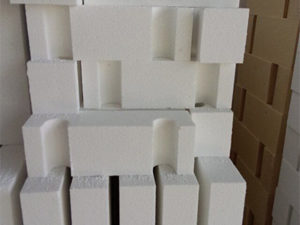
Monolithic refractories are supplied in unshaped form to be cast, rammed or gunned into place on site. Casting refractories are also known as refractory concretes and contain high alumina cement. They are used in the iron and steel industries in kiln cars, boilers and to cover the floor, doors, walls and other surface areas where high temperature processes take place. Insulating castables contain lightweight aggregates such as vermiculite. They are weaker than standard castables.
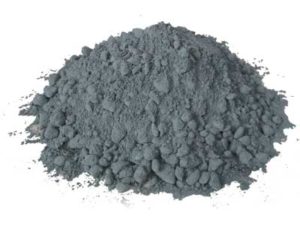
Plastic refractories are supplied in clay like blocks which can be cut to size and rammed into place. They are designed for repairs to brick or monolithic linings and are also used in ladles and launders.
Refractory ceramic fiber, also known as aluminum silicate wool, is a form of high temperature insulation wool. Spun from a mix of melted aluminum dioxide and silicon dioxide, the fibers are made into blankets, paper, rope, board and block modules. Lightweight with low thermal conductivity and excellent thermal shock resistance, ceramic fiber products are used for insulation in boilers and kilns, on kiln cars, in the crowns of glass furnaces and around expansion joints, to create seals around furnace doors, and as lining for reforming and pyrolysis in the petrochemical industry.
